
Web designers are the architects of the digital world.
They are responsible for creating the look and feel of websites, ensuring they are visually appealing, user-friendly, and functional.
Here, we’ll explore the core aspects of web designer job description of their roles and responsibilities:
Conceptualizing Creative Website Ideas

One of the first things a web designer does is think of cool ideas for websites.
They have to come up with unique and interesting concepts that will catch people’s attention.
It’s important to be creative and think differently while also keeping in mind who will use the website and what it’s supposed to do.
Creating these exciting ideas is like building the starting point for a successful website.
After getting these initial ideas, top web designers do some research and find inspiration.
They might check out other websites from competitors, look at different web design and styles, and keep up with the latest trends in web design.
This helps them make sure their ideas are new and fitting for the times.
Design Engaging and Responsive Landing Pages
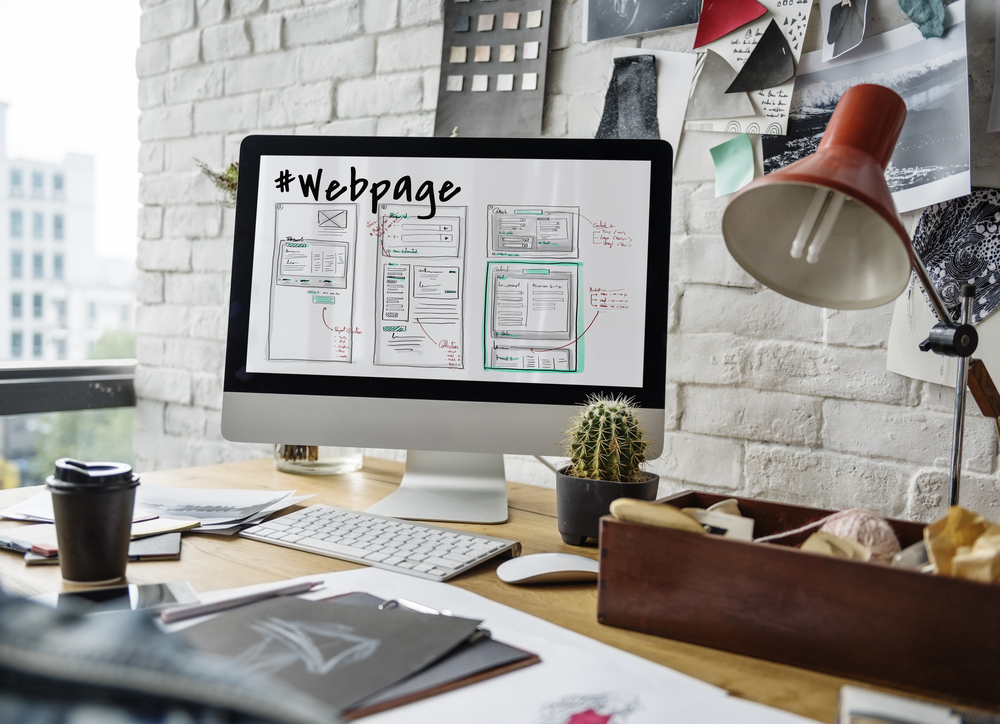
When someone lands on a website, the first thing they see is the landing page.
It’s like the website’s front door, and it’s really important.
As a web designer, your job is to make sure these landing pages are interesting and work smoothly.
To achieve this, web designers focus on user flows and creating visually appealing designs that are easy to navigate.
You should use colors, fonts, and pictures that make everything look good and easy to use.
Also, it’s crucial to make sure the landing page works well on different devices and screen sizes.
This way, people have a good experience no matter what they’re using to visit your website.
Employing Industry and Design Best Practices

To make great websites, web designers should follow the best industry design methods.
This means keeping up with the latest trends and techniques in web design and using them in their work.
Important things for web designers to think about:
- Simple Navigation: Make it easy for people to move around your website. If it’s hard to find things, visitors might leave.
- Clear Content: Use plain and clear words. Don’t make things too complicated. People should easily understand what your website is about.
- Search Engine Optimization (SEO): This means making your website appear on search engines like Google. Use the right words and techniques to help people find your site.
By doing these things, web designers can ensure that their designs are easy for users, easy to access, and have a better chance of being successful.
Testing and Making Websites Better
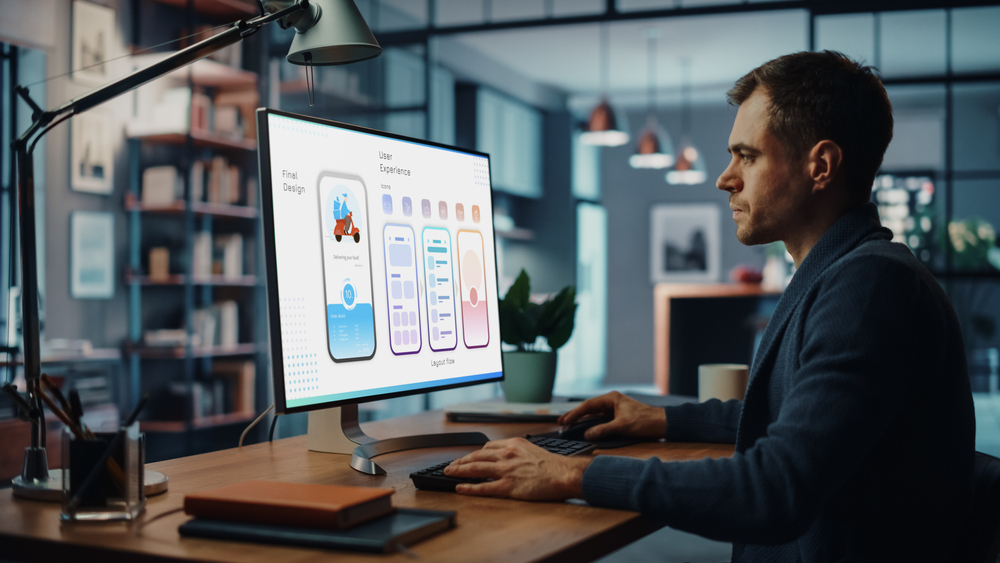
One big job for a web designer is to test websites and make them better for users.
This means getting feedback from users and then making changes to make the website easier to use and work better.
Web designers can watch how people use the website and ask them questions through surveys, interviews, or testing sessions.
By listening to what users say, web designers can take user feedback to figure out what needs to be fixed or improved.
Then, they make those changes to make the website a better experience for everyone.
Integrating client CMS Programs and Data Feeds
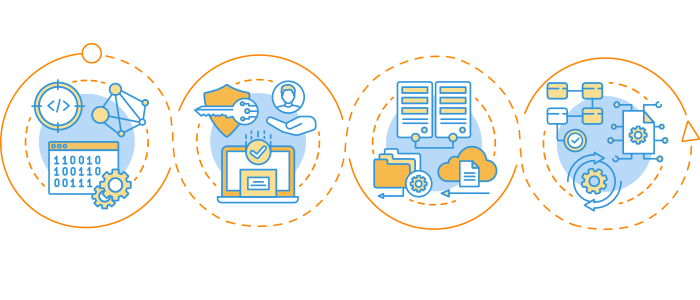
Another important task for web designers is to make it easy for site owners to update their site’s content, even if they’re not tech-savvy.
They do this by integrating content management system (CMS) programs and data feeds into the website structure.
Web designers should understand different content management systems programs and how to use them in the website.
This means setting up the CMS, making templates, and making sure the website can connect to data feeds.
When web designers do this, they give website owners the power to control their website’s content without any technical skills.
Optimizing for Speed and Scalability

In today’s fast-paced digital world, speed and scalability are crucial factors in website design.
Web designers need to optimize websites to ensure fast loading times and the ability to handle increased traffic.
To achieve this, web designers need to optimize images and other media files, minimize code, and utilize caching techniques.
They also need to ensure that the website is hosted on a reliable and scalable server.
By optimizing existing websites for speed and scalability, web designers can create websites that are fast, efficient, and can handle high traffic volumes.
Creating Eye-Catching Website Images
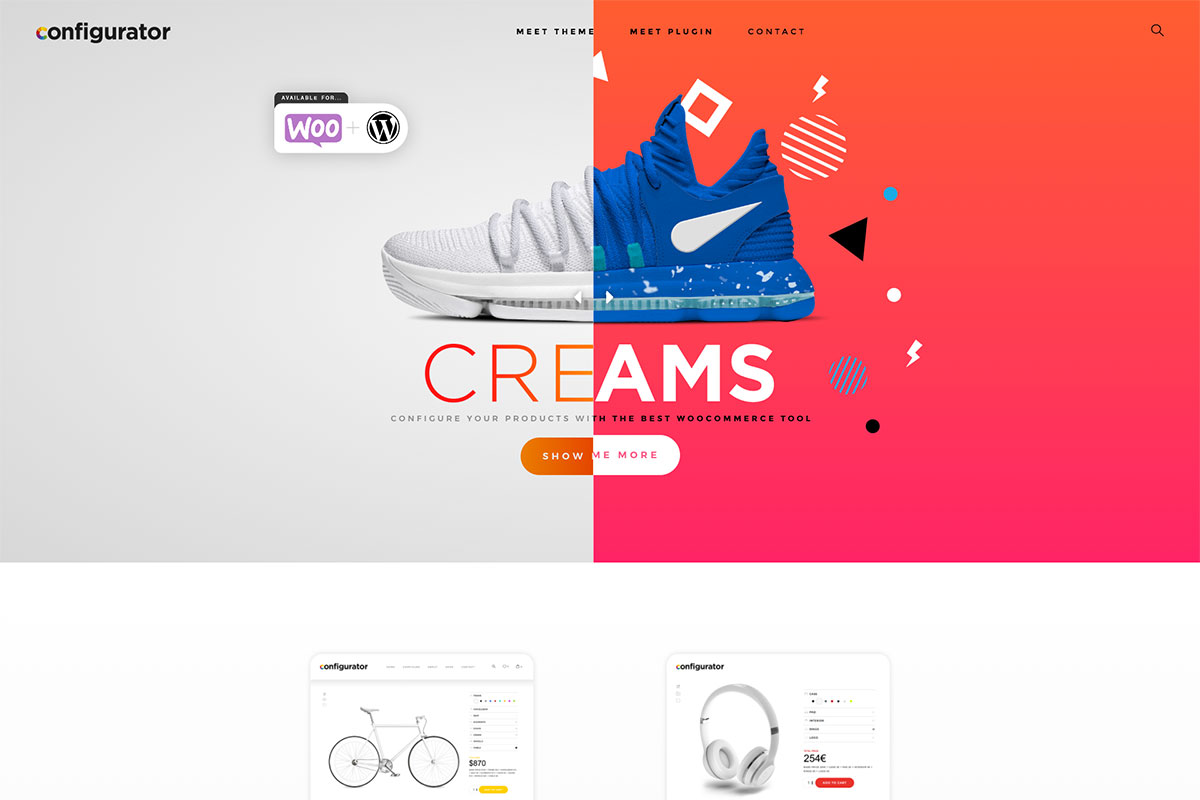
Visual imagery plays a key role in creating engaging and impactful websites.
Web designers use their creative and technical skills to make visually appealing graphics, illustrations, and photographs.
Web graphic designers use special tools like Adobe Photoshop and Adobe Illustrator to create digital images.
They make sure to pick great colors, fonts, and how everything fits together to make designs that really pop.
When they make awesome visuals, it grabs people’s attention and makes the website better for everyone who visits.
Remember, great visuals are key to making websites stand out and making users happy.
Collaborating with Back-End Developers

Web designers often work closely with back-end developers or a web development team to turn their designs into a functioning website.
Good communication skills are key, as they need to collaborate effectively with developers to make sure the whole website function matches their design ideas.
By working closely with back-end developers, web designers can ensure web and app logic is properly integrated.
Front-end developers also help ensure that the user interface design functions as intended and is coded accurately.
This teamwork is vital for creating a website that looks great and works smoothly.
Ensuring Cross-Device Functionality

In today’s mobile-driven world, where mobile devices are so important, it’s really necessary for websites to work well on all kinds of screens and gadgets.
Web designers have to make sure that their designs can change and fit nicely on different devices.
To do this, they use something called responsive design.
This means they use clever techniques like flexible grids and images that can adjust to different screen sizes.
When they do this, the website will look and work great whether you’re using a phone, tablet, or a big computer.
This way, people will always have a good experience no matter what device they’re using.
Incorporating Brand Elements and Market Research

Web designers have an important job.
They make websites look good and match the brand.
To do this, they use things like logos, colors, and fonts that the brand likes.
A web designer creates a website that feels like it belongs to the brand.
They use the same consistent branding with things like logos, colors, and fonts to make the website look like it’s from the same brand.
And they also have to check what people want by doing market research.
This helps them make the website for the right people.
In simple words, web designers make sure the website looks like the brand and is liked by the people who visit it.
This helps the brand talk to its customers.
Communicating Design Ideas

Effective communication is a crucial skill for web designers.
They need to be able to effectively communicate their design ideas to stakeholders, clients, and other team members.
Web designers can use various tools and techniques to communicate their design ideas, such as wireframes, site maps, mockups, and prototypes.
They need to be able to clearly explain their design choices and justify them based on user experience principles.
By effectively communicating their design ideas, web designers can ensure that their vision is understood and implemented correctly.
Incorporating Functionalities and Features
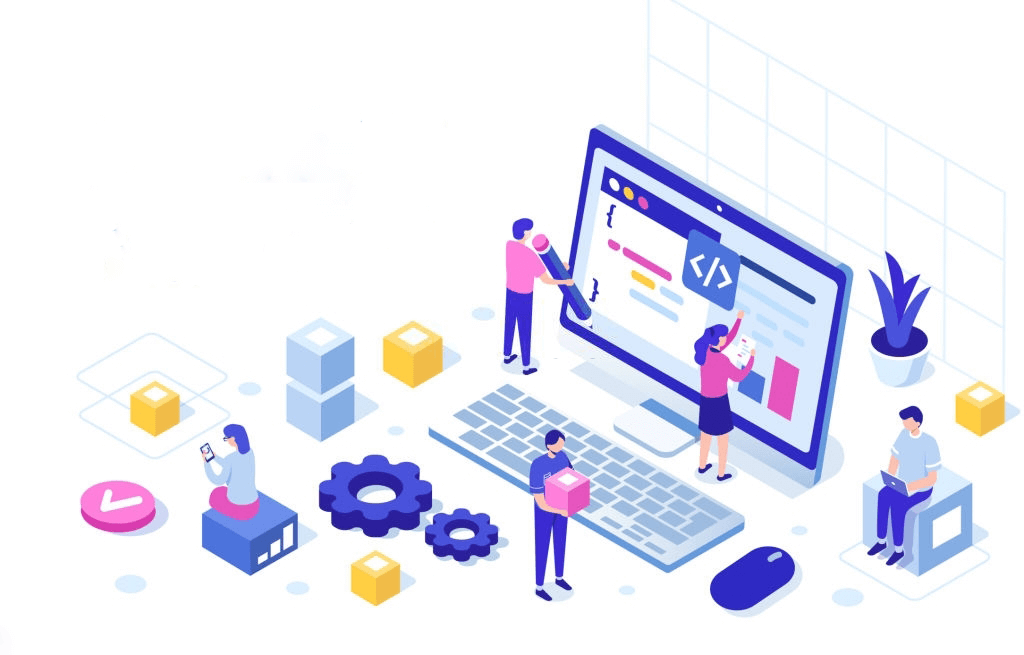
Web designers have to think about what the website will do and how it will help both the people working inside the company and the customers outside.
To do this, they work closely with clients and others to understand what they need and turn those needs into design ideas.
Web designers also need to know about different web technologies and how to use them to make the website work well.
They have to think about things like online shopping, forms, things you can click on, and how the website connects to social media.
When they add these features, web designers make websites that look good and are easy to use.
Designing Sample Pages
Before they finish designing a website, most web designers make sample pages to show their design ideas.
This means they create pretend versions of different website pages to demonstrate how the final design will look and work.
Web designers must focus on how the pages are set up, how easy it is to get around the website, and how people will feel when using it.
They also have to ensure that all the sample pages look the same and show a basic understanding of what the website is about.
Making these sample pages helps web designers get feedback from clients and others involved in the project so they can make any needed changes before finishing the design.
Preparing Design Plans

Once the design ideas and sample pages for client websites are approved, web designers need to prepare design plans.
This involves creating detailed design specifications and guidelines that developers will use to implement the design.
Web designers need to provide clear instructions on color schemes, typography, spacing, and other design elements.
They also need to ensure that the design plans are properly documented and accessible to the web development team throughout.
By preparing design plans, web designers can ensure that the user interface design is implemented accurately and properly integrated ensuring the website matches their vision.
Providing Support During Launch

Finally, web designers need to provide support during the build and launch process of the website.
This means doing one last test, fixing any last problems, and making sure the website is ready for people to use.
Web designers need to work closely with the development team to make sure the website is set up correctly and everything looks and works the way it’s supposed to.
They also check if the website works well on different devices, loads quickly, and is easy for people to use.
By offering help during the website’s building and launch, web designers make sure it’s a success and meets the needs of its users.






























